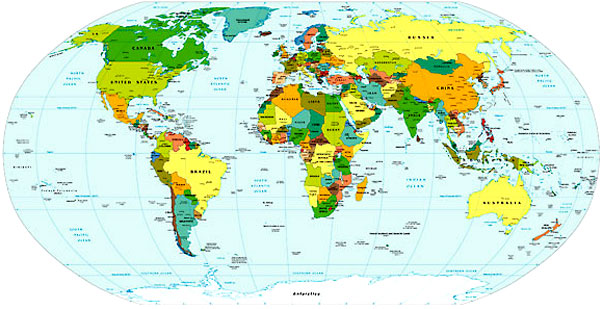 Before today I actually thought Malta was a single island. I was wrong. The Republic of Malta actually consists of several islands. Two—Malta Island and Gozo—are inhabited. And I also didn’t know how close it is to Sicily—under 100 kilometres. And the reason I’m finding these things out is, of course, that on 21 September Malta celebrates its Jum I-Indipendenza—or Independence Day. This Independence Day marks its 1964 separation from the United Kingdom. You may also know something about St Paul’s shipwreck in Malta (St Paul is one of the country’ patron saints). Not only is Malta’s conversion to Christianity attributed to this event. Also, St Paul was bitten by a venomous snake, but wasn’t harmed—and now the story goes that venomous snakes can’t exist on the island, as St Paul took awake their poison. Legend has it that even if a poisonous snake is brought in from the outside, the snake becomes harmless the moment it hits the Maltese shore. That’s some patron saint!
Before today I actually thought Malta was a single island. I was wrong. The Republic of Malta actually consists of several islands. Two—Malta Island and Gozo—are inhabited. And I also didn’t know how close it is to Sicily—under 100 kilometres. And the reason I’m finding these things out is, of course, that on 21 September Malta celebrates its Jum I-Indipendenza—or Independence Day. This Independence Day marks its 1964 separation from the United Kingdom. You may also know something about St Paul’s shipwreck in Malta (St Paul is one of the country’ patron saints). Not only is Malta’s conversion to Christianity attributed to this event. Also, St Paul was bitten by a venomous snake, but wasn’t harmed—and now the story goes that venomous snakes can’t exist on the island, as St Paul took awake their poison. Legend has it that even if a poisonous snake is brought in from the outside, the snake becomes harmless the moment it hits the Maltese shore. That’s some patron saint!Malta has been a popular spot for a long time—the islands were initially settled around 5200 BCE by farmers. Okay, so there are lots of regions that date back at least that far. True. But Malta has the oldest free-standing structures and oldest religious structures in the world. The legend goes that it wasn’t the farmers that built these temples but giants. I am all for the giants version of events.
Lots of people wanted in on Malta—its considered to have a strategic spot, being in the middle of the Mediterranean. Greeks, Phoenicians, Carthaginians, Romans… Yes, there’s quite a roll call. Later on Malta became part of the Emirate of Sicily, which was under Arabic influence. These is were the Siculo-Arabic language that became Maltese comes from. They didn’t, unlike the English, vastly alter their language when the Normans came along. (I’m not against the opening out of English, by the way, though I do occasionally get sad that we don’t make more use of those great, guttural, Anglo-Saxon roots.)
 In 1530 the Order of Knights of the Hospital of St John of Jerusalem (now there’s a title!) were given the islands in perpetual lease. The order is now known as the Knights of Malta. They stayed on until pesky Napoleon upset the order of things on his way to Egypt.
In 1530 the Order of Knights of the Hospital of St John of Jerusalem (now there’s a title!) were given the islands in perpetual lease. The order is now known as the Knights of Malta. They stayed on until pesky Napoleon upset the order of things on his way to Egypt. And then, when the Treaty of Paris was drawn up in 1814, Malta became part of the British Empire, and it remained under the British until its 1964 independence. At first the Queen stayed on as health of state, but then in 1974 the country became a republic. (On 13 December Malta celebrates Republic Day.) In 1979 British forces were withdrawn, and 31 March became Freedom Day.
And, yes, I have a poem for you. This is by Immanuel Mifsud, and comes from New European Poets. Another volume that expands your idea of what’s going on in poetry today.
The Twentieth of September
They stream out of the accordion like youngsters
with long curly hair down to their ankles.
And they go out into the wind on the open sea
and count the waves coming to rest at their feet.
They stream out of the accordion like pensioners,
their eyes dejected and bleary-red.
They walk and walk on the road to tomorrow.
They stream out like nameless notes.
And I’m like the one you can barely hear.
Like a note that has no wish to end.
—Immanuel Mifsud
from New European Poets
translated from the Maltese by Maurice Riordan


No comments:
Post a Comment